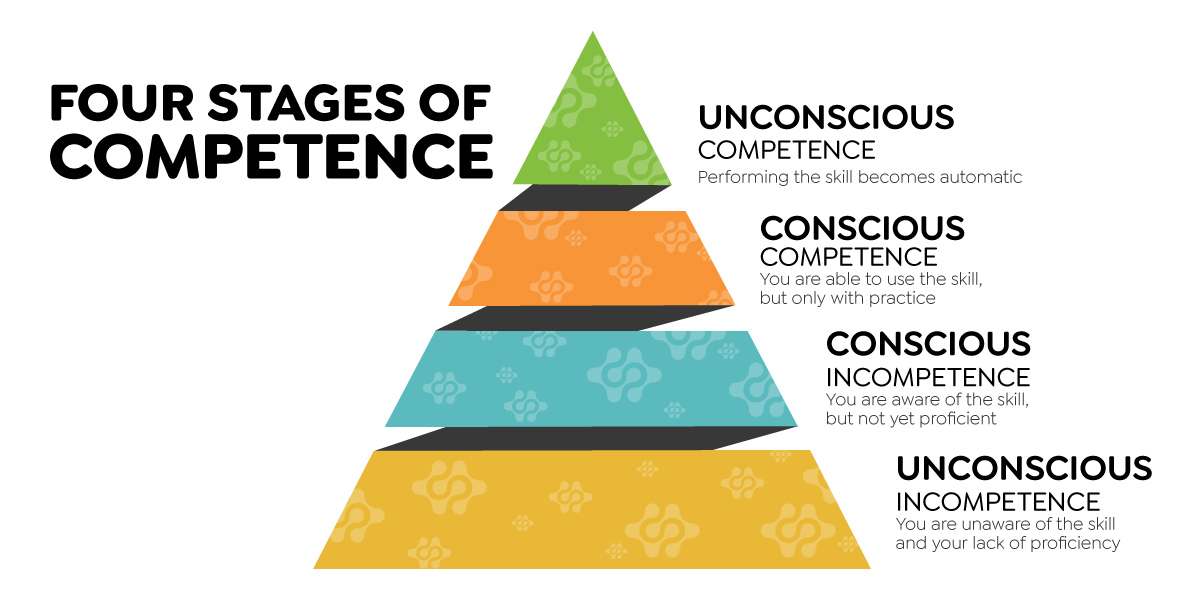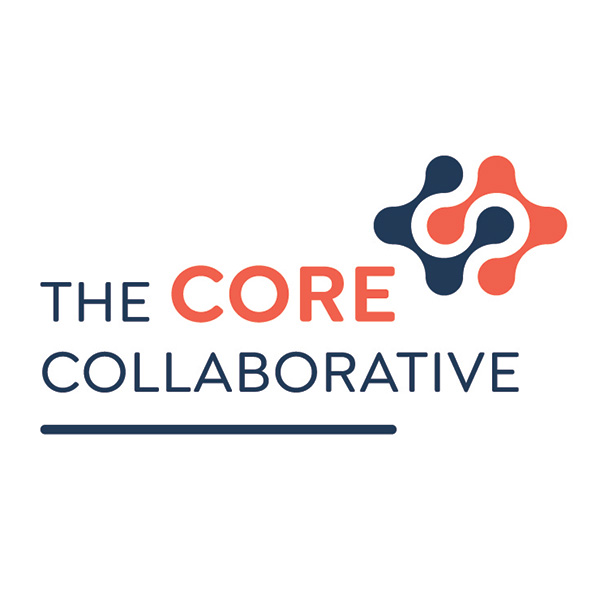Competency-based learning has gained significant attention in recent years as an innovative approach to K-12 education. This student-centered method aims to ensure that students master essential skills and knowledge before progressing to the next level. While competency-based learning offers several advantages, such as personalized learning and flexibility, it’s essential to be aware of potential pitfalls that can hinder its successful implementation. Let’s explore three common pitfalls with competency-based learning in K-12

1. Lack of Adequate Resources and Infrastructure
Competency-based learning often demands a shift in teaching methods, necessitating professional development for educators. Without proper resources and training, schools may struggle to provide a seamless learning experience for students.
Asset-based pedagogies like culturally responsive sustaining education practices are vital when executing and implementing competency-based learning. Culturally responsive education is crucial because it acknowledges and values the diverse cultural backgrounds of students, fostering an inclusive and equitable learning environment. It recognizes that students come from various cultural contexts with unique experiences and perspectives, which should be integrated into the curriculum to make learning more relatable, engaging, and personalized. Ultimately, culturally responsive education helps bridge opportunity gaps, promotes cultural understanding, and empowers students to succeed academically and socially in an increasingly diverse world.
Teacher and classroom clarity are also important because they have a significant impact on student learning outcomes, as highlighted by educational researcher John Hattie. Hattie’s research on Visible Learning emphasizes the concept of “teacher clarity” as one of the most influential factors affecting student achievement. When teachers clearly communicate learning objectives, expectations, and instructions, students are more likely to understand what is expected of them, leading to improved engagement and learning outcomes. Classroom clarity, including well-structured lessons and clear feedback, helps reduce ambiguity and confusion, allowing students to focus on the content and make better progress in their learning. Overall, Hattie’s work underscores the importance of clear communication and transparency in teaching to maximize student learning. Check out the best-selling book Clarity for Learning to ensure clarity in your system.
Lastly, many schools lack adequate resources and infrastructure to support small-group and individualized learning. To effectively implement this approach, it helps if educators have technological expertise, including expertise with learning management systems, online resources, and assessment tools. To overcome this pitfall, educational institutions must invest in the necessary technology and provide ongoing professional learning for teachers. Collaboration with ed-tech companies and government initiatives can help schools bridge the resource gap and ensure a successful transition to competency-based learning.
2. Assessment Challenges
Competency-based learning relies heavily on frequent and rigorous assessments to gauge student progress accurately. However, designing and implementing effective assessments can be a challenging aspect of this approach. Assessments must align with specific learning objectives, be valid and reliable, and accommodate various learning styles and abilities. This requires PLCs-Impact Teams to engage in collaborative inquiry to ensure teaching is responsive to absolutely every learner.
One common pitfall is relying solely on traditional, high-stakes tests, which may not accurately reflect a student’s true understanding or skills. To address this issue, educators should consider a variety of assessment methods, including the use of universal screeners (NWEA MAP, I-ready, STAR), project-based assessments, portfolios, and performance-based assessments. Additionally, leveraging technology for adaptive testing and data analytics can provide valuable insights into student progress and help refine the assessment process. Amplify Learner Voice through Culturally Responsive Assessment describes seven core concepts to ensure assessment is implemented through an asset-based cultural lens.
3. Individualized Pace vs. Socialization
Competency-based learning emphasizes individualized pacing, allowing students to progress at their own speed. While this can be advantageous for students who need extra time to grasp certain concepts, it may inadvertently hinder socialization and collaboration among students. Traditional classrooms often promote interaction and teamwork, which are essential life skills.
To mitigate this pitfall, educators should strike a balance between individualized pacing and group activities. Incorporating collaborative projects using the Rigorous PBL by Design Framework, peer mentoring, and team-based learning experiences can help students develop social and communication skills while benefiting from personalized learning paths. Learner Agency: A Field Guide for Taking Flight is a boots-on-the-ground resource for those who wish to foster greater agency for students and adults alike within their classroom, school, or school system.
Preparing Students for the Real World
Competency-based learning holds immense promise by providing students with personalized, mastery-based learning experiences. However, to reap the benefits of this approach, educators and institutions must be mindful of potential pitfalls. Adequate resources, effective assessment strategies, and a balanced approach to individualized learning are essential factors to consider when implementing competency-based education. By addressing these challenges head-on, schools can better prepare their students for success so they are equipped to solve the monumental challenges of our time.
Learn more about our approach to competency-based learning by emailing Sarah Stevens.


